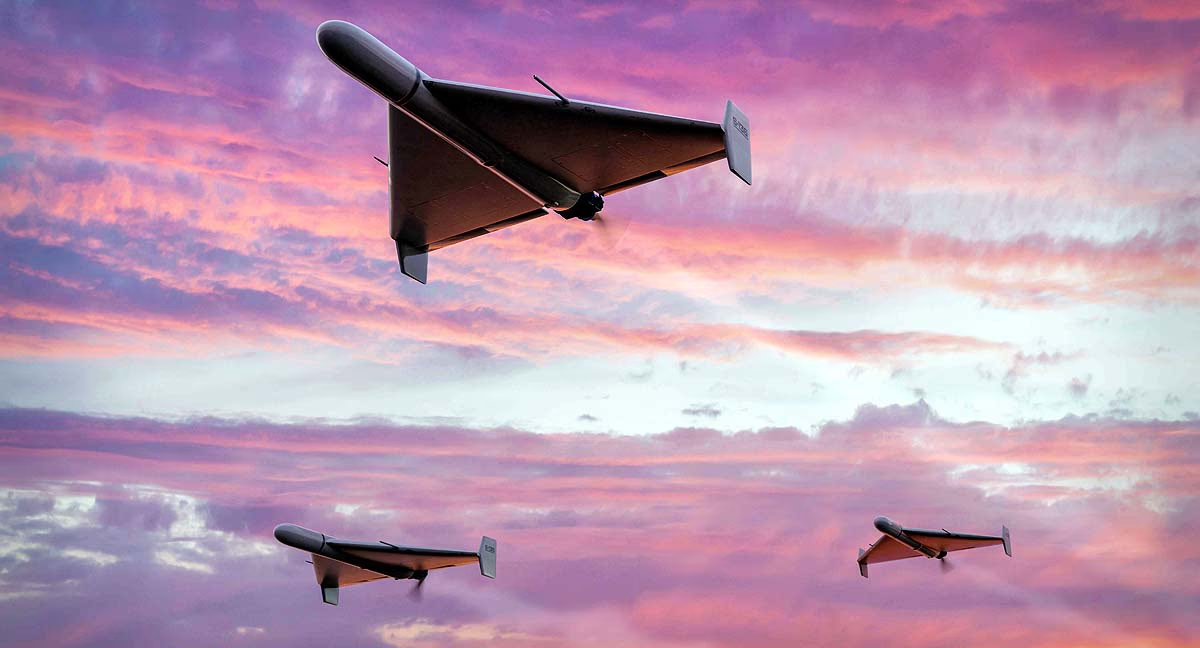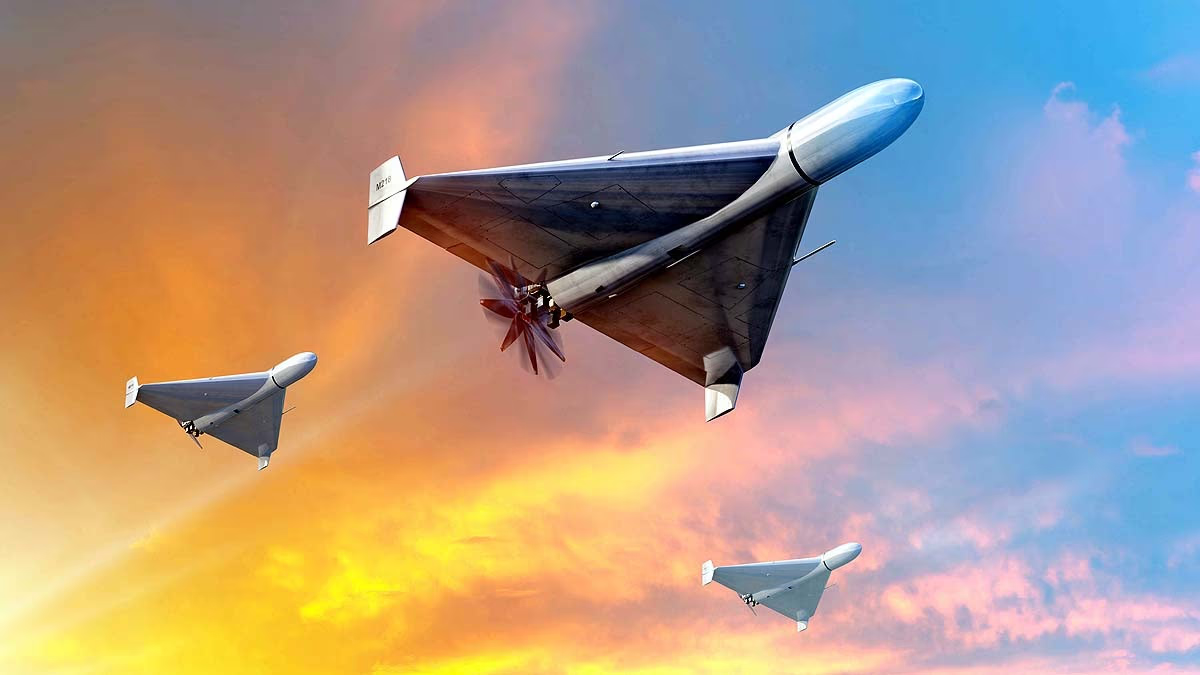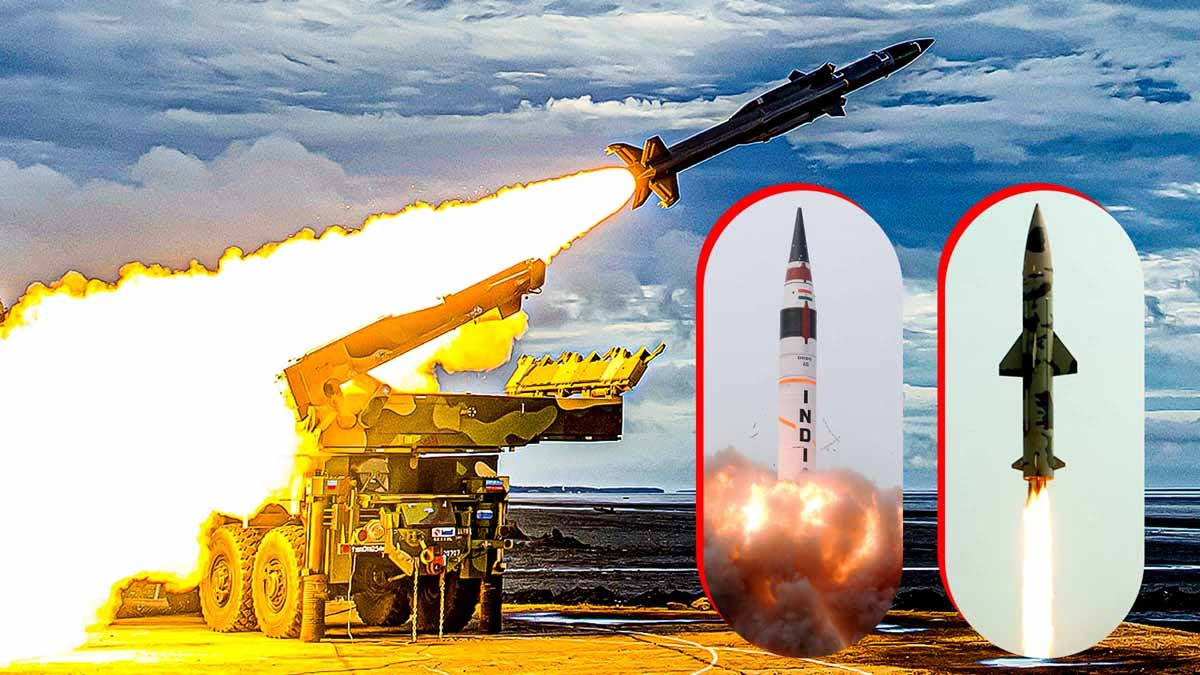America has unveiled an innovative loitering munition, the LUCAS (Low-Cost Uncrewed Combat Attack System), a remarkable alternative to Iran's renowned Shahed-136 drone. Designed by Arizona's SpectraWorks, this cutting-edge technology was reviewed at the Pentagon by Defense Secretary Pete Hegseth. Crafted for future conflicts, particularly in the Indo-Pacific region, LUCAS is set to redefine aerial warfare.
LUCAS: A Deep Dive into its Operations
LUCAS is an advanced drone that hovers to strike enemies before self-destructing. Derived from the FLM 136 target drone, it embodies SpectraWorks' legacy technology, capable of carrying 600 kilograms and flying at altitudes of 5,500 meters.
For in-depth exploration:
Structurally reminiscent of the Iranian Shahed-136, with its triangular 2.5 to 3-meter wings and piston engine, LUCAS boasts unique features—reusability, and a modular payload that can integrate reconnaissance sensors, electronic warfare gadgets, or explosives.
Launchable from trucks or through Rocket-Assisted Take-Off (RATO), it requires minimal training. Powered by 28V and 12V supplies, it allows system modifications mid-flight. LUCAS connects to the Multi-Domain Unmanned Systems Communication (MUSIC) network, enabling communications relay and autonomous swarm attacks.
Delve deeper into defense innovations:
Competing with the Shahed-136
Iran's Shahed-136, known for its affordability and 2500-kilometer range, has been actively deployed in Ukraine and the Middle East. Adopted by Russia as Geran-2, it excels at penetrating air defenses and orchestrating swarm attacks. LUCAS challenges these attributes, exemplifying reusability and superior network connectivity.

Source: aajtak
A Shift in US Policy
The Trump administration's memorandum from July 10, 2025, alongside Executive Order 14307, redefined drone strategy. Drones in Groups 1 and 2 are now viewed akin to consumer items, like grenades, permitting swift procurement. Although LUCAS is categorized under Group 3, expedited deployment plans are in place. The Rapid Defense Experimentation Reserve (RDER) under T-REX, now achieves drone production in 18 months, a significant reduction from the previous six years.
Technological Advancement and Security
America is scrutinizing Chinese drones (DJI, Autel) to bolster domestic drone production. The Blue UAS list welcomes new developers, urging the FAA to accelerate BVLOS and traffic management enhancements. Such measures will fortify drones like LUCAS.
Future Implications
LUCAS stands not only as a contender against the Shahed-136 but also as an economical arsenal for the US military. It plays a crucial role in swarm attacks and network-centric warfare. While the Shahed-136's inexpensive technology proliferates globally, LUCAS stands as a formidable response, embodying both technological excellence and strategic foresight.




